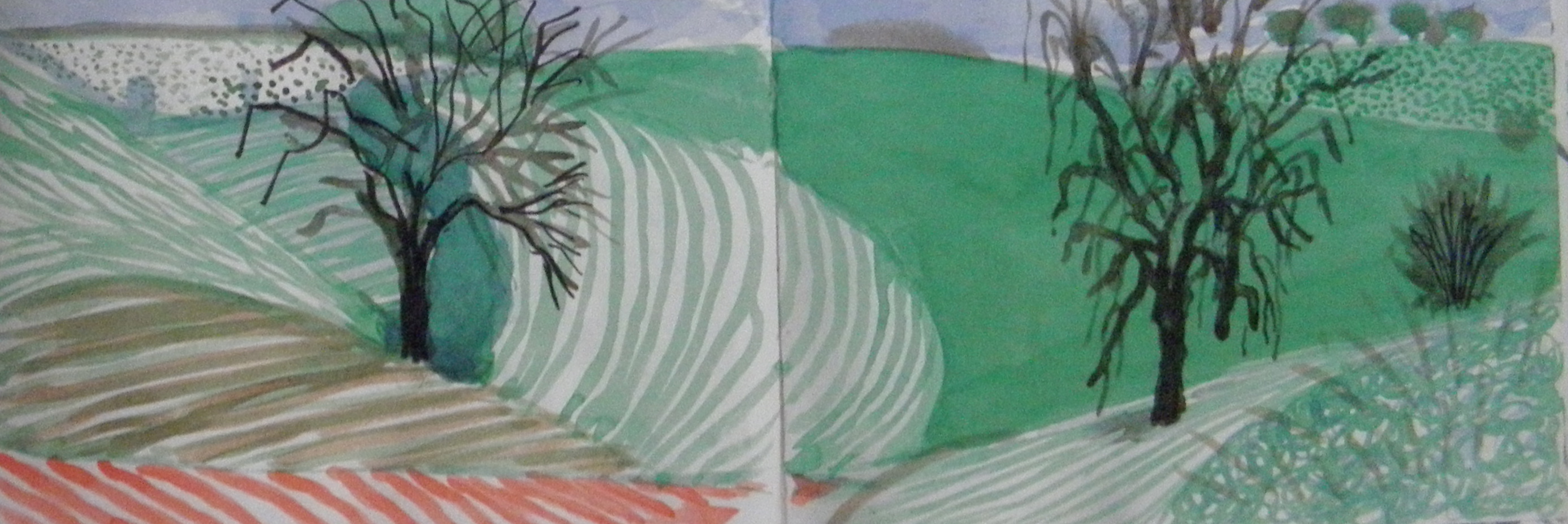The images below represent some of the work consultants from my company, Blueprints for Learning, and I are doing with primary grade teachers in Newark, NJ. In order to support kindergarten, first and second grade teachers reading aloud to their children, I created three e-books (available for free via iTunes) that contain units of study and provided these books to teachers in our projects. Each unit has several texts (print and non-print) and lesson ideas for each title are included. The lessons are thorough and contain specific comprehension and vocabulary strategies, as well as text dependent questions that are aligned to the ELA-CCSS.
These examples of learning are from Hawkins Street School in Newark. Annette Nekoukar and Louise Tracey are the consultants working at this site. Sandra Marques is the principal of Hawkins Street School.
While listening to his teacher read aloud, The Chiru of High Tibet: A True Story, this second grader sketches what he hears and imagines. Children then turned and talked, sharing their quick sketches. The teacher then showed the students the images from the text and led the children in a brief discussion about visualizing while listening.
First graders at Hawkins Street School in Newark, NJ rate their vocabulary knowledge prior to listening to their teacher read aloud North: The Amazing Story of Arctic Migration. The completed chart allows teachers to better gauge students' vocabulary knowledge prior to reading.
These examples of learning are from Hawkins Street School in Newark. Annette Nekoukar and Louise Tracey are the consultants working at this site. Sandra Marques is the principal of Hawkins Street School.
.JPG) |
| Second grader quickly sketching the setting while he listens to the opening of The Chiru of High Tibet. |
While listening to his teacher read aloud, The Chiru of High Tibet: A True Story, this second grader sketches what he hears and imagines. Children then turned and talked, sharing their quick sketches. The teacher then showed the students the images from the text and led the children in a brief discussion about visualizing while listening.
 |
| Close up of Vocabulary Knowledge Rating Chart. Children write their names on post-its and then place the post it in the column that best represents their knowledge of each word. |
 |
| First graders from Hawkins Street School completing a vocabulary knowledge rating chart. |
First graders at Hawkins Street School in Newark, NJ rate their vocabulary knowledge prior to listening to their teacher read aloud North: The Amazing Story of Arctic Migration. The completed chart allows teachers to better gauge students' vocabulary knowledge prior to reading.






.JPG)













































